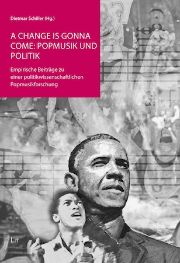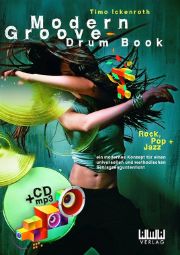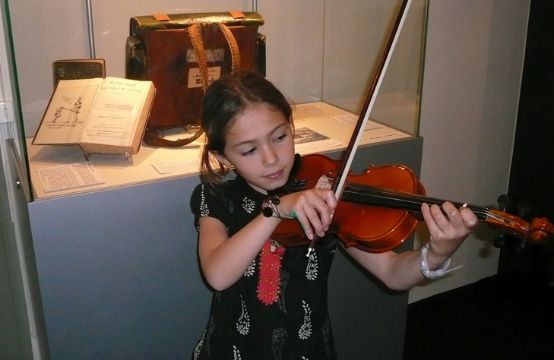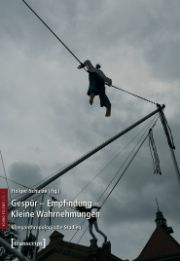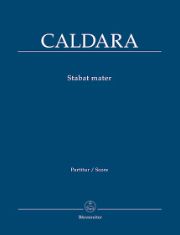Richard Wagner spent many years of his life in Switzerland. As a revolutionary, he fled from Dresden to Zurich in 1849, where he lived for almost ten years and repeatedly sought out patrons and friends. From 1866 onwards, he lived in Tribschen near Lucerne. From there he moved to Bayreuth in 1871. Switzerland was therefore much more than a transit station for a restless artist. Richard Wagner may be a "German" composer, but he owes a great deal to Switzerland. And conversely, he fascinated many Swiss people.
The body of literature on Richard Wagner is enormous: biographies, monographs, collections of letters and documents, hagiographies and diatribes. Has everything still not been said? Obviously, Richard Wagner is still very popular with an older generation. But what about young people, what is their relationship, their interest in the life and work of a great musician who lived in our country for so many years?
If you ask for suitable literature to make Wagner's music more accessible to young people, the huge range on offer immediately shrinks considerably. Obviously, it takes a lot of courage on the part of both authors and publishers to undertake such an undertaking. The Berlin publishing house Bloomsbury has taken the plunge. With Beauty, splendor and delusion. Richard Wagner and the magic of music the music theater teacher Iris Winkler has succeeded in filling a real gap. The work is exciting, colorful and surprises again and again with humorous linguistic images and explanations of technical terms such as "cadence", "mystical abyss" or "Wagner tubas". In addition, the author succeeds particularly well in empathizing with the language of young people without pandering to them. Hans Baltzer has adorned the book with beautiful, expressive illustrations.
It is a pleasure to pick up this slim volume (167 pages), leaf through it, enjoy the many illustrations - and at the same time experience the staging of an opera drama in five acts. There is even a "prelude": This is how the author, who is experienced in the theater, has structured Wagner's life. The many scene changes in this fast-paced life are skillfully faded in as "transformations". In this way, Wagner's life with all its upheavals unfolds before the eyes of the young reader as if they were sitting in the box of a great opera house.
Winkler's language is pleasantly straightforward and full of subtle humor that will make even the most experienced music lover smile. She skillfully avoids any judgment of Wagner's personality. In her portrayal, he is a great magician of sound and at the same time a highly problematic person with many fractures. The author provides those with little musical experience with many genuine aids: every technical term is explained in simple terms, the contents of the operas are summarized briefly and concisely on a darker background and provided with further small comments. Sheet music examples are included and - as a special addition from the publisher - there is a special Websitewhere you can listen to the musical excerpts and watch scenes from the operas! A timeline briefly summarizes the most important stages. The successful work concludes charmingly with "Tips for a good start".
So it is hardly surprising when a 13-year-old boy says:
"I enjoyed reading the book and it only took me three days. The book is very interesting and the novel-like narrative with dialog makes it exciting and great to read. For me, the book is a novel, a book about music and opera, a life story, a history book - all at the same time and never confusing, because it is well divided, so I was able to keep track of everything.
While reading, I was able to put myself in the shoes of Richard Wagner at the time and in some of the situations in his life. I was amazed at many things: for example, how Wagner 'researched' composing and copied out the entire score of Beethoven's 9th Symphony by hand - really crazy and yet understandable if you are really enthusiastic about a particular subject. I particularly liked the fact that the book also tells you about his friends, companions and role models, so you learn a lot about other great musicians almost as an aside ...
The book is beautifully and variedly illustrated. While reading, I was simply looking forward to the next page! I enjoyed just leafing through the book and it's easy to get stuck on individual pages ...
I've now recommended the book to my mother - usually it's always the other way around!"
Iris Winkler, Hans Baltzer, Schönheit, Glanz und Wahn - Richard Wagner und die Magie der Musik, ages 12 and up, 167 p., € 16.99, Bloomsbury (Ars Edition), Berlin 2012, ISBN 978-3-8270-5505-7








